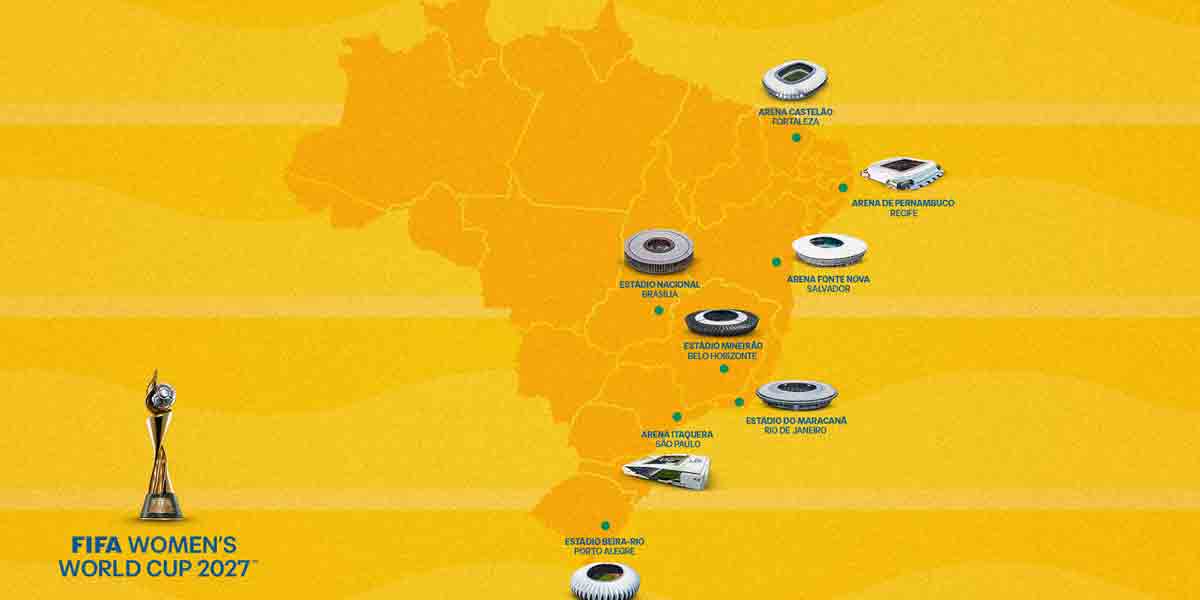 By Art Jimenez
By Art Jimenez
I moved the Concluding Part of my December 16 column to January 7 next year to join you in celebrating the Yuletide season and sharing some Christmas interesting facts you may not yet know about; or you may have known before but somehow got lost in your memory bank..
All of Christianity awaits the annual commemoration and celebration of the birth of Jesus Christ, the Son of God on December 25. However to most Catholics today, the yuletide season is more than a religious feast; it is literally a “food feast” with lots of gift-giving, especially from Santa and pittance-giving to carolers (sorry, no caroling this year). Lots of non-Christians also celebrate the yuletide as a seasonal holiday.
Why is Christmas on December 25?
Sometime in 350 CE (Common Era) Pope Julius I set December 25 as the official birth date of Christ. He was a 4th-century pope, from February 6, 337 – April 12, 352. Venerated as a Saint, Julius I’s feast day is April 12.
What’s the etymology of “Christmas?
‘Christmas” is an Old English term, Cristes maesse (Christ’s Mass).
Synonym: Yuletide: combination of Yule, from Jol, a pagan winter festival usually held in December and tide, the season of the Jol festival.
Christmas is also known as Noël, Nativity, and Xmas. “Noël” is the French word for Christmas and is also defined as a Christmas carol or song. “Nativity” refers to the birth of Jesus. The X in “X-mas” is the symbol for the Greek letter “chi,” which is the first letter in the Greek name Christos (or Christ in English). The suffix “mas” is the old English term “maesse” for “Mass.
Is Christmas the most important Christian holiday?
Easter is the most important Christian holiday. Christmas celebrates the birth of Jesus while Easter celebrates the Resurrection or the triumph of Jesus over death and his promise of eternal life for those who believe in Him.
Who is Santa Claus?
Santa Claus is a legend whose “history” is traced back to a real person, a monk who lived in the 3rd century CE in Myra (present-day Turkey). St. Nicholas of Myra was known for his piety, kindness, and generosity especially to the needy.
History has been unkind to him as few details are known about him, including his date of passing, which both the Catholic and Eastern Orthodox churches commemorate every December 6 and December 19, respectively. Thus, legends about him abound.
In the 11th century, the Basilica of Saint Nicholas was built in Bari, Italy.
He is the patron saint of, among others, children and sailors.
The other names of Santa are Father Christmas, St. Nick, and Kris Kringle (German “Kristkindl” meaning “Christ Child”).
And more important to most, St. Nick is the inspiration for Santa Claus!
Christmas trees
Decorating evergreen trees to celebrate Christmas began more than four centuries ago in Germany. A Christmas tree usually consists of real trees: evergreen conifer, like fir, pine or spruce. In today’s Philippines lack of natural trees paves the way for artificial trees that include all kinds of indigenous materials and even wire mesh.
The traditional Xmas tree was heavily decorated with real and artificial flowers (roses and poinsettias) and snack items like candies. Hugging the tree are tinsels, ribbons, garlands, wreaths. The top is capped by a star representing the Star of Bethlehem.
Farol to Parol
With the sword and cross of Spanish colonization came one minor item that has since lighted its way to prominence on our shores: the lantern or Spanish “farol,” which morphed into “parol” in Tagalog. Aside from the physical light, the parol symbolizes the birth of Jesus and the power of light over darkness.
The original parol was made of bamboo strips bent and tied to form a star and then clothed with Japanese crepe paper or “papel de Japon.” The lantern is hung above a house’s window sill to represent the nativity with the parol as the star of Bethlehem and the humble home, the manger.
Today’s lantern designs, colors, shapes, and sizes exceed even the wildest imagination of the original craftsmen. Highly commercialized, XL-sized (aka giant) parol are digitally designed, use wires as frames, lighted by time-controlled flashing LED (light emitting diodes) tubes. And they could cost upwards of five figures.
Music
Jingle Bells
“Jingle Bells” is one of the best-known and commonly sung American carols in the world. It was written by James Lord Pierpont (1822–1893) and published under the title “The One Horse Open Sleigh” in the autumn of 1857.
On December 16, 1965, astronauts Tom Stafford and Wally Schirra played Jingle Bells in outer space; the first song ever to be honored.
12 Days of Christmas
The 12 days of Christmas is the period in Christian theology that marks the span between the birth of Christ and the coming of the Magi, the three wise men. It begins on December 25 (Christmas) and runs through January 6 (the Epiphany, sometimes also called Three Kings).
It was first published in England as a chant or rhyme. Different tunes followed. Its present melody was written in 1909 by English composer Frederic Austin.
Some smart guy(s) added meaning to each day’s gift, which comes to 364 in total, thus:
1 Partridge in a pear tree
Jesus Christ
2 Turtle doves
Old & New Testaments
3 French hens
Faith, Hope & Charity
4 Calling birds
The 4 Gospels/Evangelists
5 Golden rings
First 5 Books of Old Testament
6 Geese a-laying
6 days of Creation
7 Swans a-swimming
7 Sacraments
8 Maids a-milking
8 Beatitudes
9 Ladies dancing
9 Fruits of the Holy Spirit
10 Lords a-leaping
The 10 Commandments
11 Pipers piping
The 11 faithful apostles
12 Drummers drumming
12-pt doctrine in Apostle’s Creed
White Christmas
“White Christmas” is a carol written by Irving Berlin for the musical movie Holiday Inn in 1942. It won the Oscar for Best Original Song at the 15th Academy Awards. The song sold more than 100 million copies of which 50 million were attributed to the original version of Bing Crosby.
Ang Pasko ay Sumapit
Ang Pasko ay Sumapit Christmas carol was originally composed in Visayan as “Kasadya Ning Taknaa” in 1933 by Vicente Rubi with lyrics by Mariano Vestil. With some modification, Levi Celerio translated “Kasadya” in Tagalog as Ang Pasko ay Sumapit.
Christmas in Our Hearts
Jose Mari Chan said this carol was originally written as the poem “Ang Tubig ay Buhay” (“Water is Life”) by Chari Cruz-Zarate. Impressed, Chan gave the poem a Christmas melody. Then came a young lyricist, Rina Cañiza, who offered to replace the poem’s wordings with the lyrics of her “Christmas in Our Hearts” using Chan’s melody for “Ang Tubig as Buhay.” And the rest is history.
Movies
“How the Grinch Stole Christmas” starring Jim Carrey is the highest grossing Christmas movie of all time. Released by Universal Pictures on November 17, 2000, the movie grossed over $345 million until it was surpassed by the $511-million earnings of its 2018 CGI (computer graphic imaging) animation version.
Commercialization of Christmas
All trivia items described above have since long ago descended to the realm of commercial business, no thanks to ever-increasing buyer demand. In the Philippines, the impact of such wealth of business opportunities being taken by entrepreneurs can be measured by the expected spike in the volume and value of family consumption expenditures for the fourth quarter of the current year.
Such spike would help reduce our GDP contraction and add fuel to our economic recovery efforts.
















